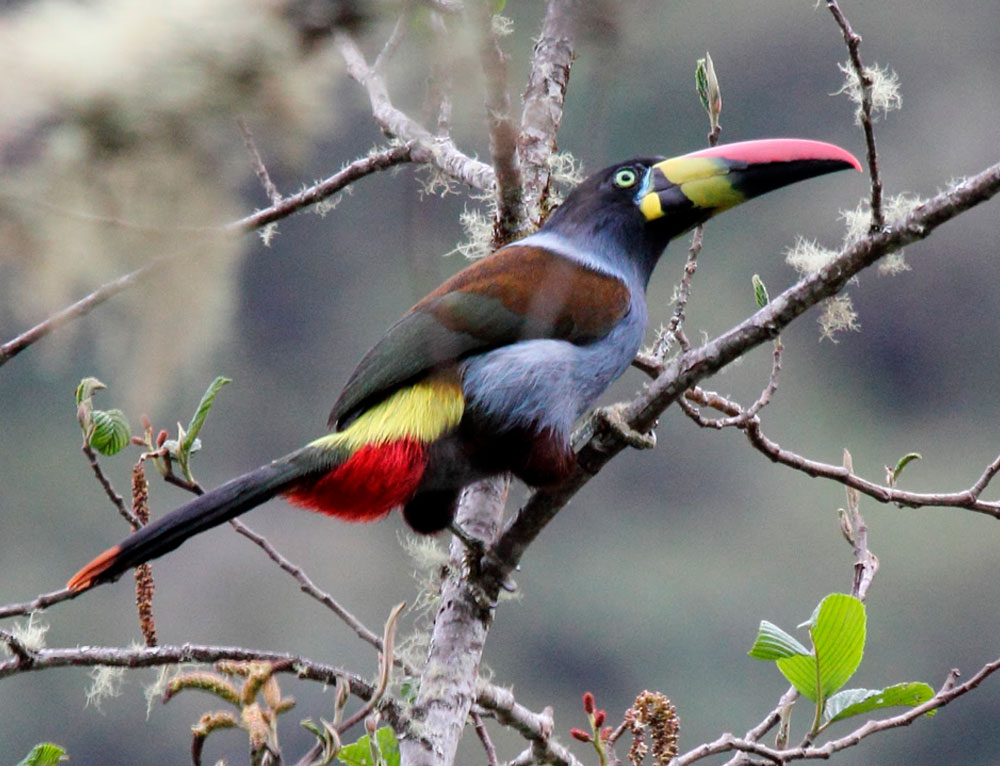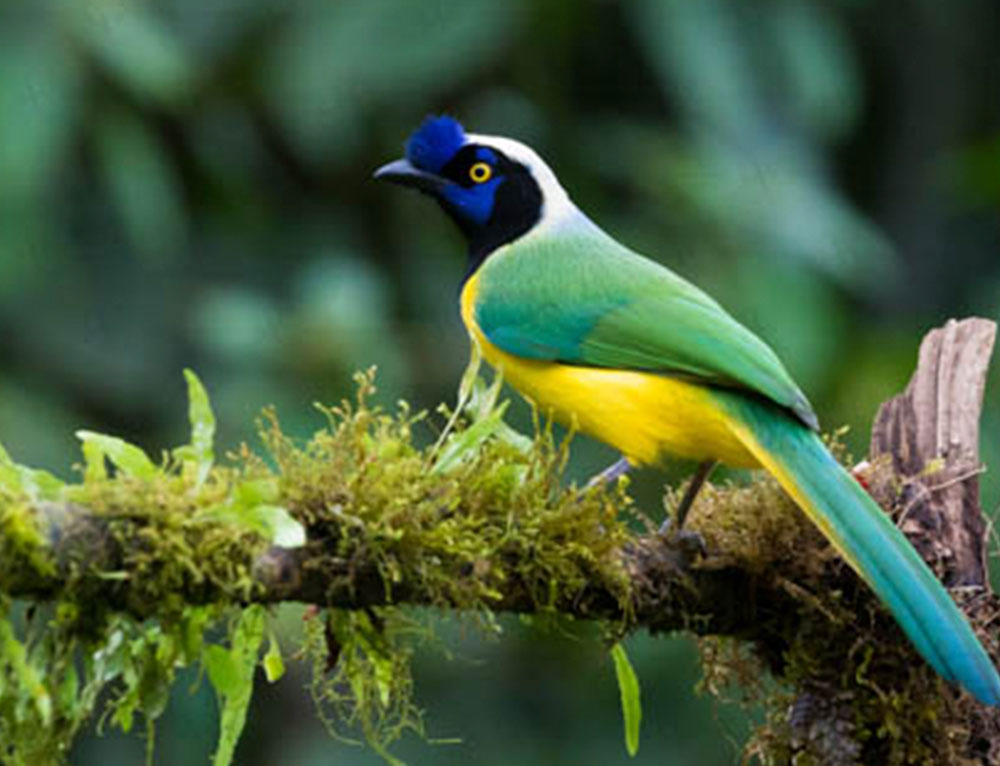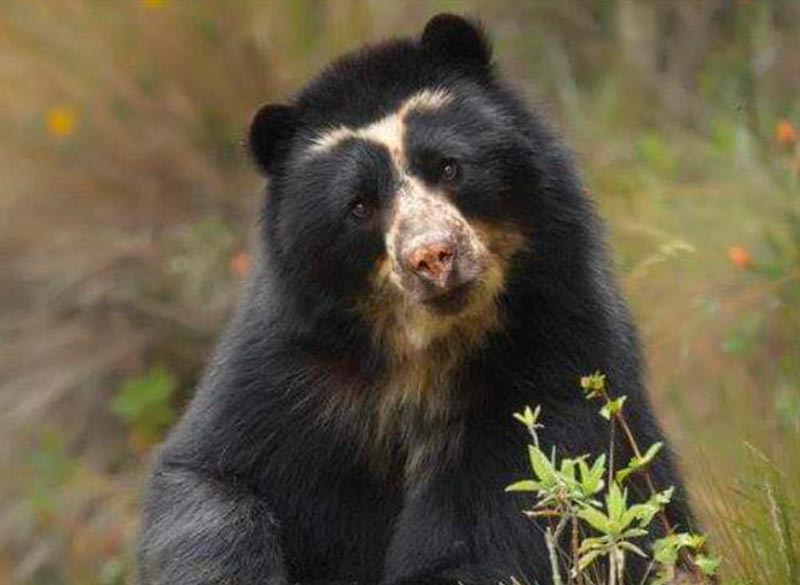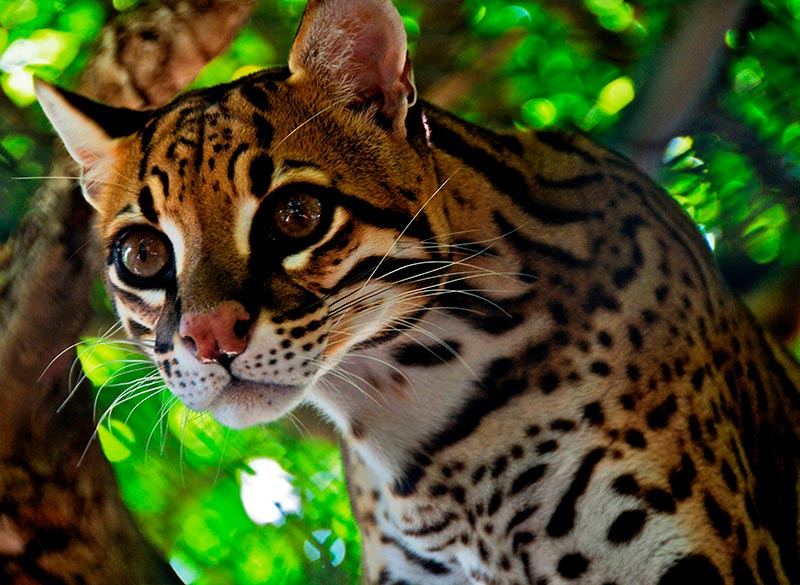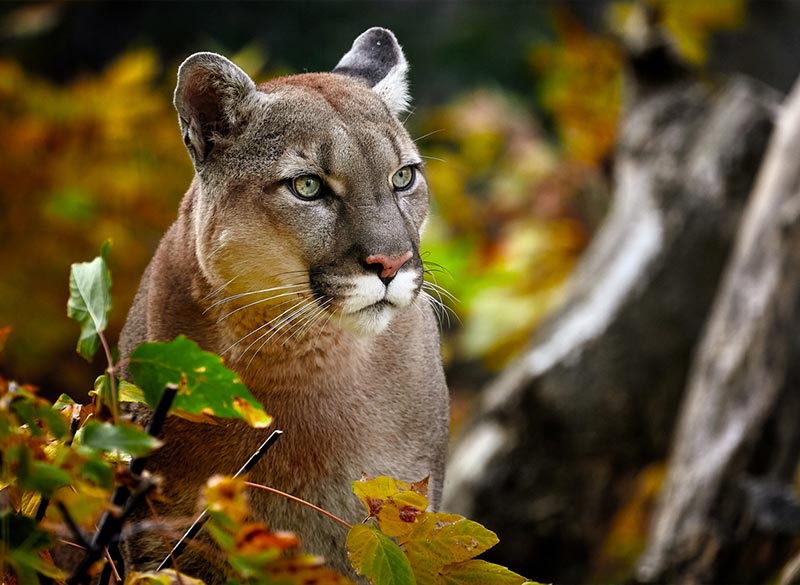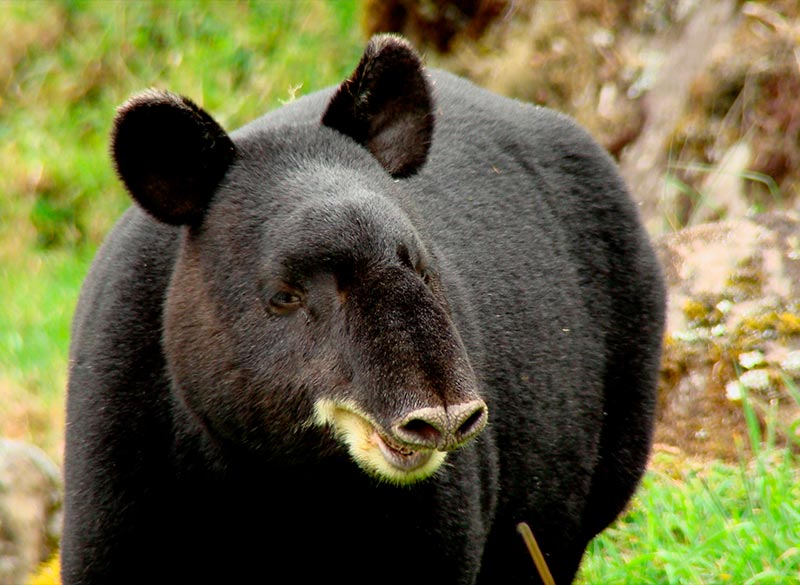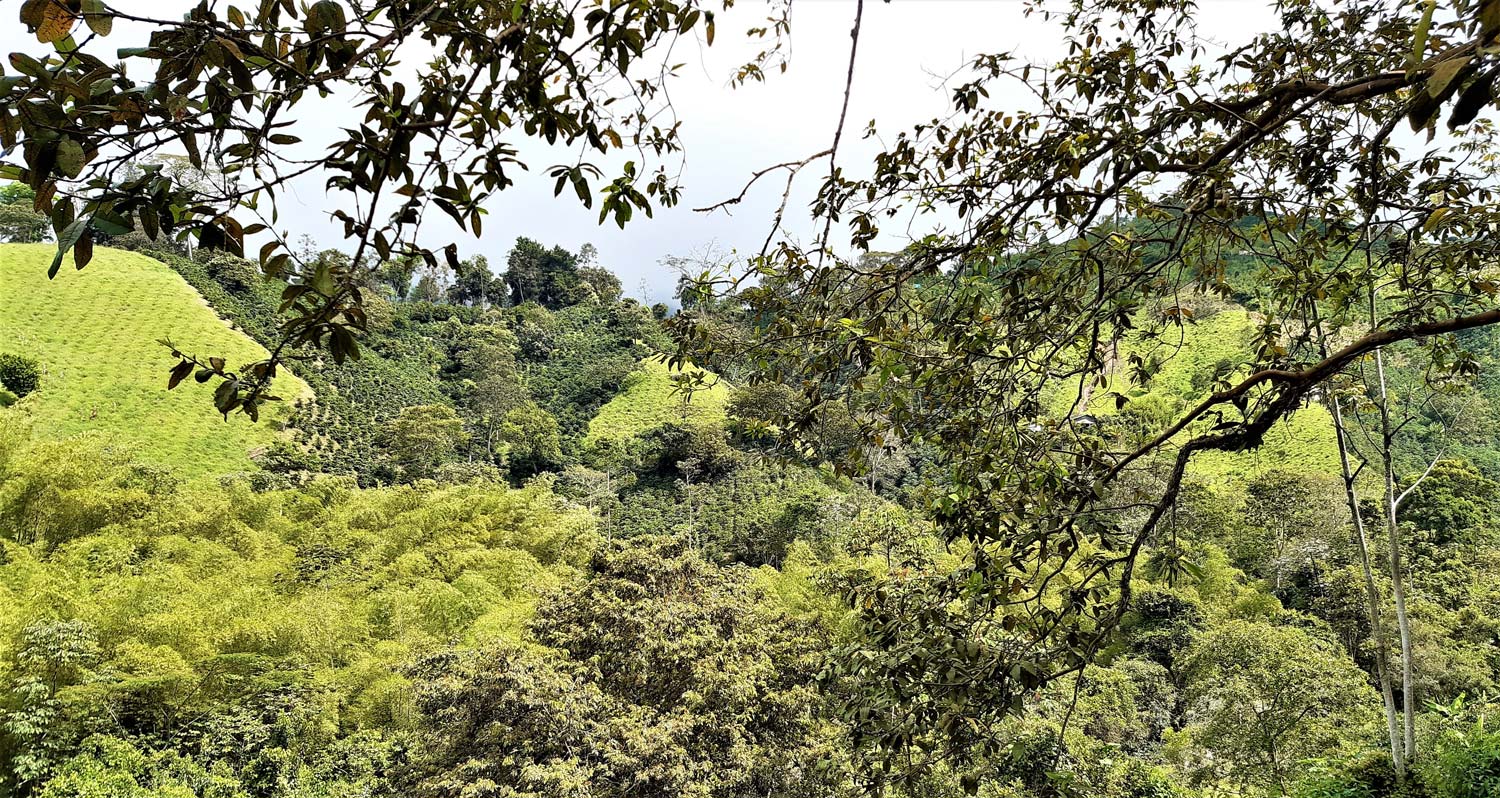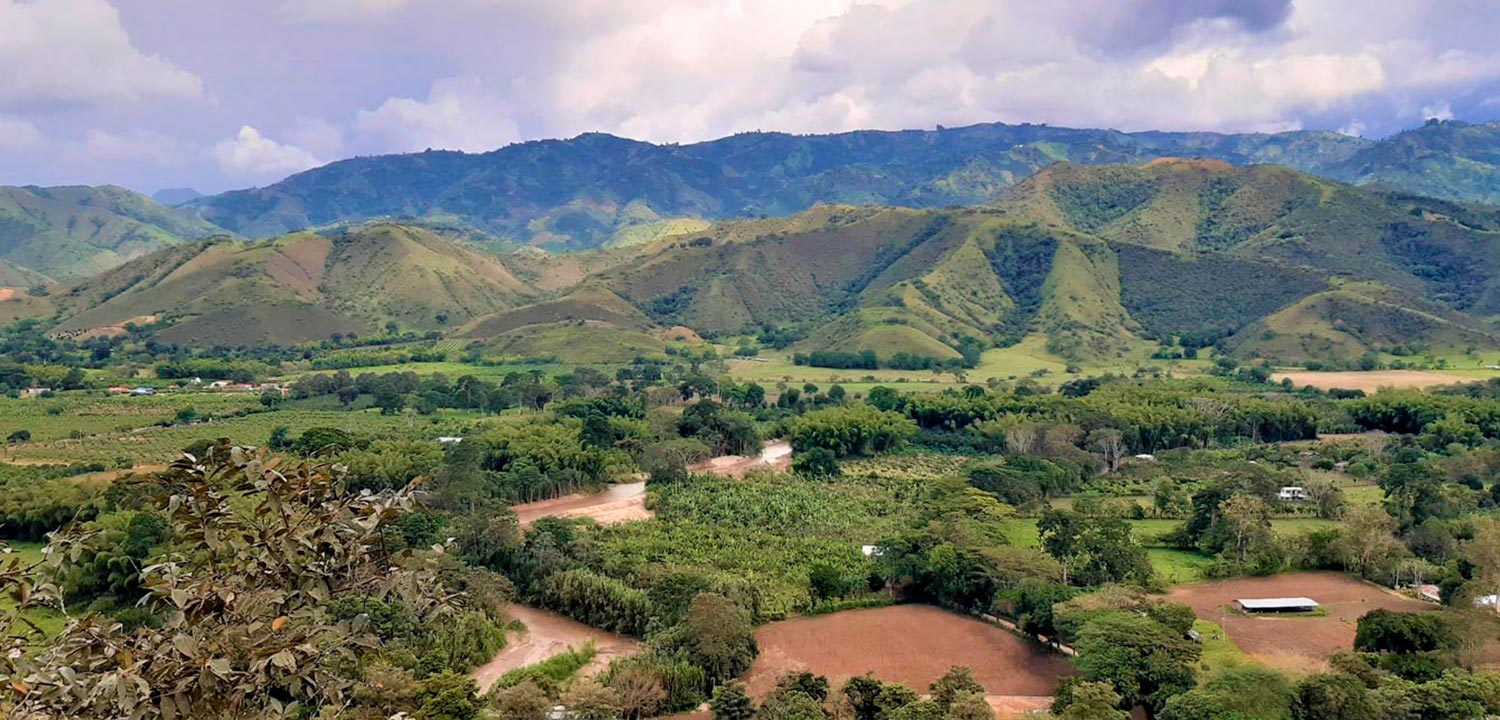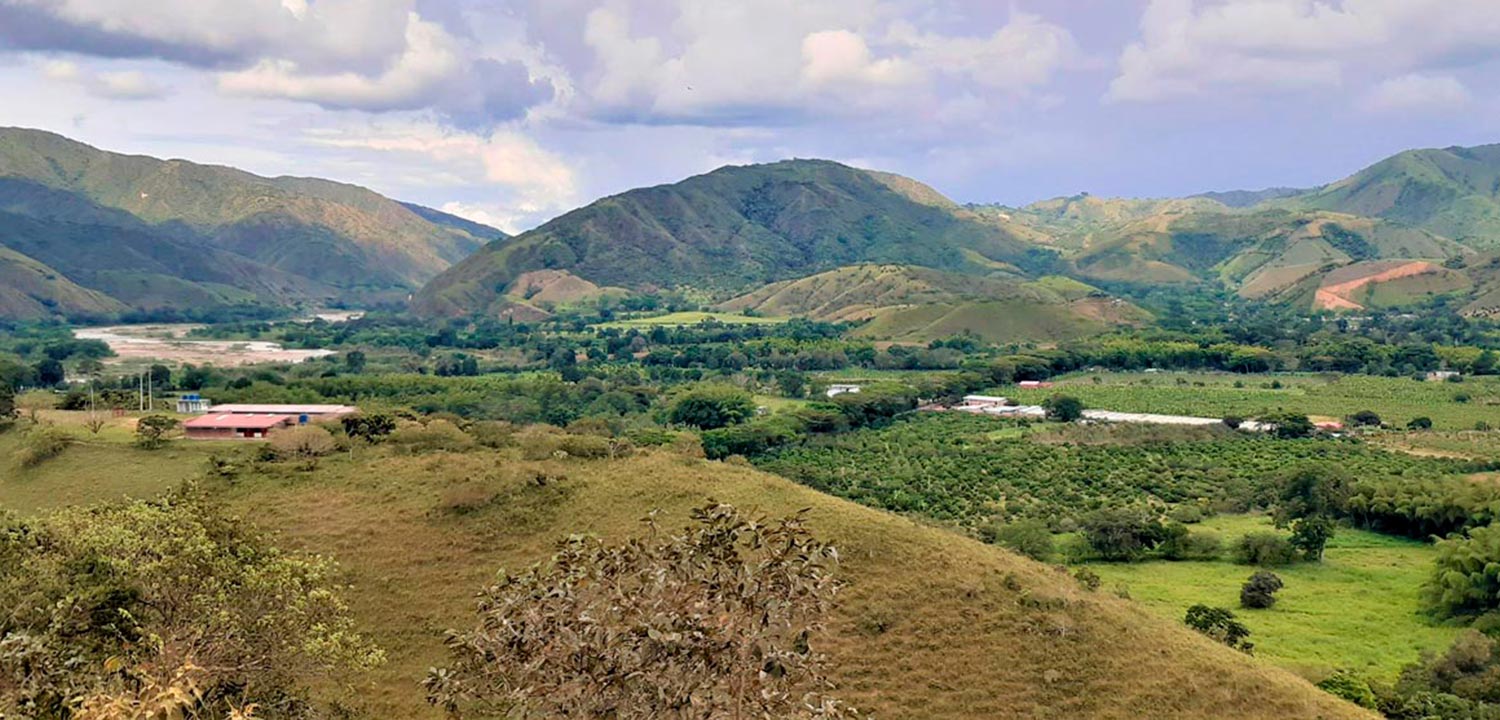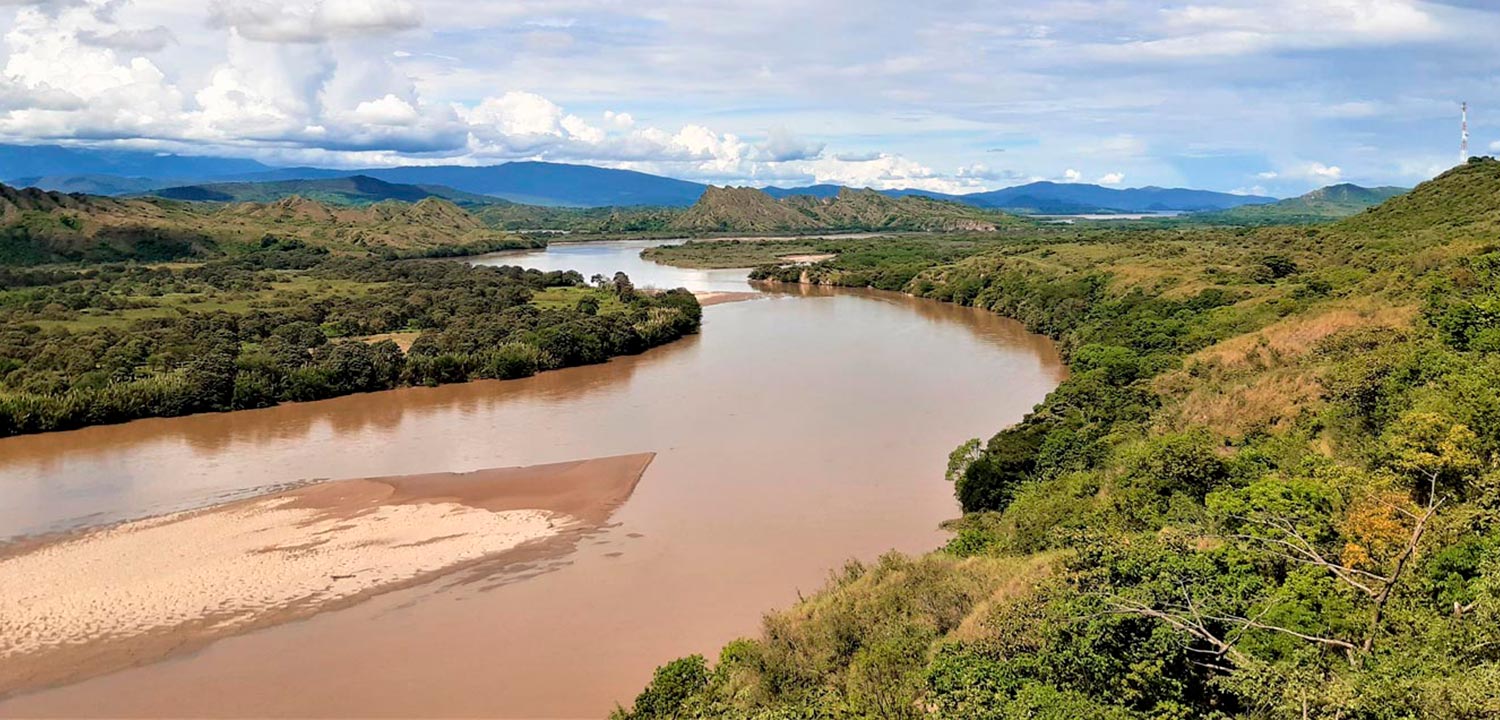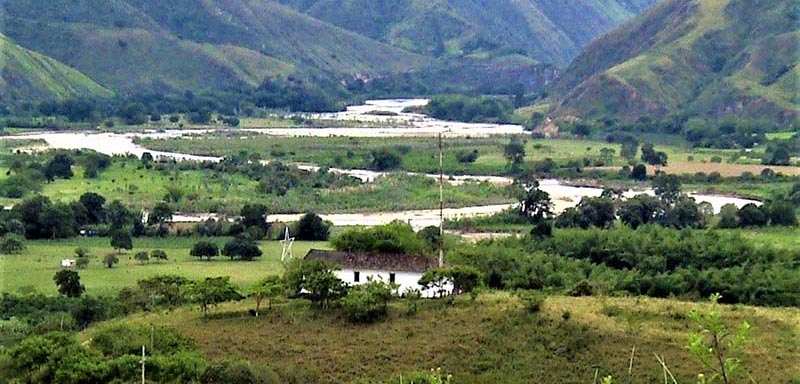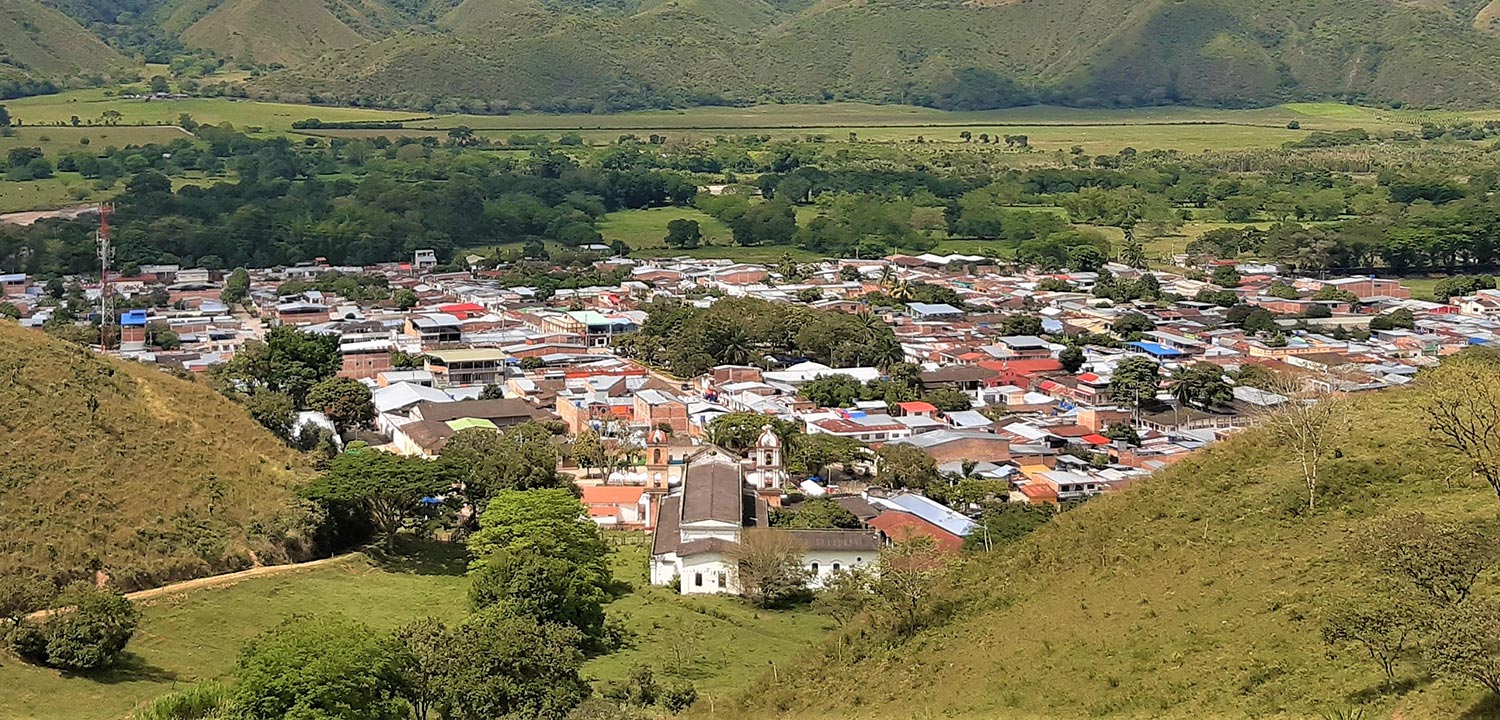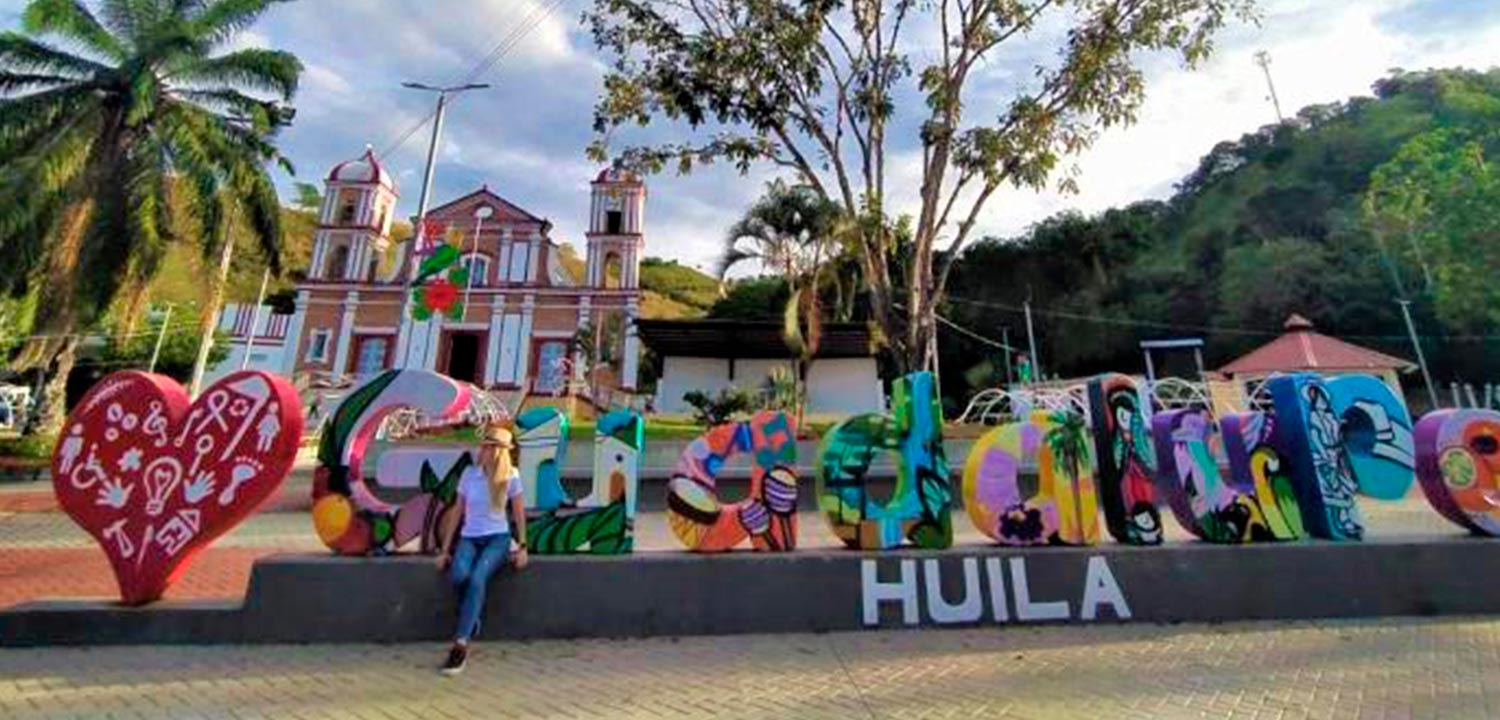Our land
OUR COFFEE FLOURISHES IN SACRED GROUND
LAND BLESSED BY GOD
Our environmental responsibility
The Desarrollo Económico Eco-Sostenible es concebido por el GRUPO ASOCIATIVO VILLA ESPERANZA, como la necesidad más apremiante, por el gran impacto negativo que se ha generado sobre el medio ambiente, debido a la falta de compromiso y pobre gestión ambiental de las sociedades. Un equilibrio entre lo económico y lo ambiental se hace apremiante para la supervivencia de la humanidad.
La Responsabilidad Social Empresarial en términos del cuidado del medio ambiente, la preservación de los recursos naturales y la sociedad en su conjunto, constituye para nuestra Empresa un vehículo estratégico por medio del cual se hacen compatibles las expectativas de nuestros Asociados con las expectativas de los demás grupos de interés.
Como Estrategia Corporativa, estamos comprometidos con la creación de Valor Socio-Ambiental en nuestra Organización, cimentando las bases de nuestra Responsabilidad Ambiental, a través de la implementación de una gran estrategia socio-ecológica de mediano plazo, basada en la Innovación con enfoque a la ética ambiental, la legitimidad y el desarrollo sustentable.
Our mountains
The Mountainous Territory of the department of Huila is divided into two large natural regions, which are distinguished by their clear natural benefits:
The Colombian Massif region, one of the most important moors in Colombia, is recognized as the hydrological star and the largest water factory in the country, where the main rivers of Colombia are born, such as the Magdalena and Cauca. It is also part of the Puracé National Natural Park and functions as a protected area, with indigenous communities.
The Sumapaz Region is an semi-unexplored and very sparsely populated territory, where the Sierra Nevada de los Coconucos, the peaks of La Fragua, the Punchiná, San Jacinto and Santa Bárbara Mountain ranges stand out; the mountain ranges of La Ceja, La Ensillada, Las Minas, Nátaga and Potrero Grande; the moors of Cutanga, La Soledad, Las Papas and Rucio; in addition to the Tatacoa Desert.
The high parts, those on the slopes or mountains, are especially dedicated to growing coffee as the highest regional vocation, but cocoa and other traditional products for local consumption also flourish successfully, such as bananas, cassava, beans, corn, fruit and some vegetables.
Our valleys
The territory of the department of Huila has two important Andean Valleys, which are also characterized by their clear agricultural and livestock activity:
The Central Valley of Huila, which is bathed by the Great Magdalena River, where a beautiful and fertile Valley of extensive plains dedicated to dual-purpose livestock and large-scale mechanized agriculture such as rice, cotton and tobacco.
The Suaza River Valley is a beautiful and paradisiacal landscape where orchids grow wild. This beautiful Valley of purely agricultural activity, is formed between the Suaza River and the Andes, has a total area of 336 km² and is born in the foothills of the Eastern Cordillera of the Andes, also called the trans-Amazonian corridor that borders the Amazon Region of Colombia. In addition, it enjoys an important Archaeological Recognition, since the discovery of the Culture of San Agustín during the XVIII Century.
Our rivers
La hidrografía del departamento del Huila pertenece a la cuenca alta del Great Magdalena River y entre sus ríos más importantes que atraviesan este departamento se encuentran, por supuesto el río Magdalena, río Patá, río Aipe, río Las Ceibas, río Villavieja, río Baché, río Cabrera, río Yaguará, río San Francisco, río Neiva, río Blanco, río Frío, río Iquira, río La Plata y el río Suaza, entre otros.
The Magdalena River is in charge of welcoming us to the Colombian Massif, also known as the Andean Knot or Knot of Almaguer, which among great mountains represents the most important water star in Colombia and is in turn the cradle of many hydrographic basins.
The Suaza River, originally named the Cuacua River, rises in the Cueva de los Guacharos National Park, passing through the caves of the same name, on the border of the departments of Huila and Caquetá. The river crosses from south to north through the municipalities of Garzón, Altamira, Guadalupe, Suaza and Acevedo, with a length of 136 km through the Suaza Valley; Finally, it flows into the Great Magdalena River, in the village of La Jagua, in Garzón.
Our town
GUADALUPE is a beautiful and prosperous Colombian municipality located in the south of the department of Huila, and is located on the left bank of the Suaza River valley, on the flanks of the Cordillera Oriental. Its territorial extension is 242 km², its height is 940 meters above sea level and its average temperature is 22 ° C ".
It has a population of approximately 16,000 inhabitants and its main economic activity is concentrated in agribusiness, with the cultivation of Specialty Coffees as its flagship product, today focused on export in the "Direct Trade" modality, as a formula for progress, equity and environmental responsibility, led and promoted by the VILLA ESPERANZA ASSOCIATIVE GROUP.


